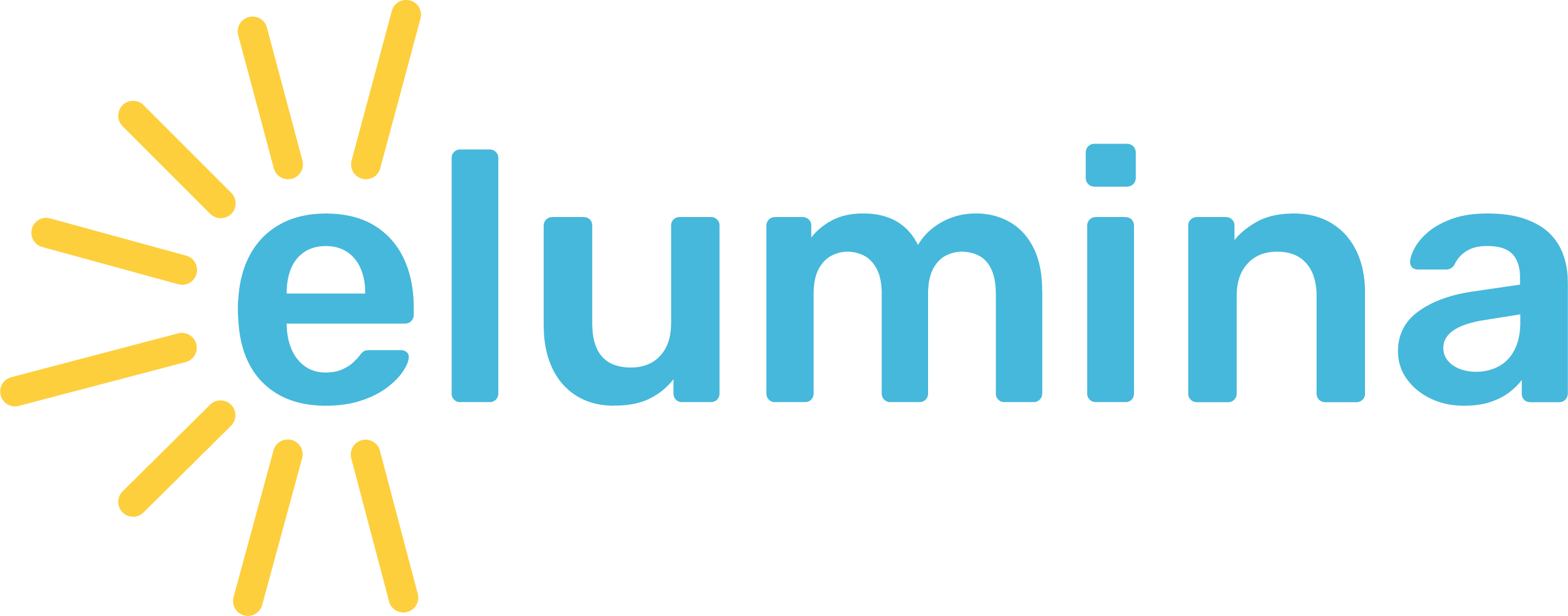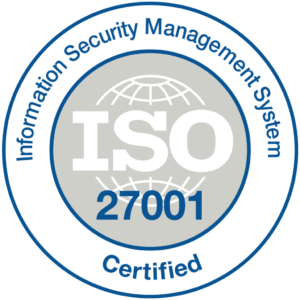
We correlate the ability to embrace and experiment with new devices and technologies and the time spent engaging with them as high levels of ‘digital literacy’
– Kathleen Donohoe
Can we blame ourselves for making assumptions about so-called ‘digital natives’ (as defined by Prensky in 2001[i]) when we don’t really have an agreed definition, benchmark, or understanding of digital literacy?
What is an accepted level of engagement with technology in today’s society, both time wise and the type of engagement?
Are we digitally literate?
In previous research, I have looked at the correlation between actual digital literacy skills and self-assessment of our skills. The findings from over 4,000 respondents worldwide confirmed that people at the lowest end of the spectrum underestimated their skills, and those at the higher end overestimated their own skills. On a positive note, the people in the middle have a strong, positive correlation between their ability and their self-assessment.
As NAP–ICT Literacy assessments for Australian students[ii] show, for our current students across Australia, being a digital native does not necessarily translate to digital literacy: at the national level in 2017, only 53 per cent of Year 6 students and 54 per cent of Year 10 students attained the proficient standard.
Currently, we are bombarded with the negative effects of technology and its use by our young people, with little consideration of their digital literacy, nor their awareness and responsibility for behaviour in these digital environments.
What is digital literacy?
A number of definitions and terms exist for digital literacy: these encompass combinations of digital inclusion, digital equity, information literacy, and media literacy. The OECD in particular considers media literacy critical to digital literacy, defining it as the ability to “evaluate information from several sources, assessing the credibility and utility of what is written using self-established criteria as well as the ability to solve tasks that require the reader to locate information, related to an unfamiliar context, in the presence of ambiguity and without explicit directions.”[iii] Other definitions focus more on digital literacy as “skills such as coding, data synthesis and manipulation, as well as the design, use and management of computerised, digital and automated systems.”[iv]
In 2011, the ALA Digital Literacy Taskforce defined the use of technology as the ability to “find, evaluate, create, and communicate information, requiring both cognitive and technical skills,”[v] – this is one of my favourite definitions as it emphasises both the skills required and their application. Reflecting upon this, I question whether we have the skills and competencies to:
- Find, evaluate, create and communicate, utilising the technologies available to us now and in to the future?
- Consider and ensure our safety and privacy online? (Noting over $4.5m was lost through online scams and social media in Australia in September 2019[vi])
- Understand and engage in lifelong learning?
- Develop a passion for learning and investigating more? Or to even gain these skills? Aligning to the expectation of further education assuming these skills?
- Compile a budget in a spreadsheet?
- Download a job description, and create a meaningful, aesthetically pleasing CV – with no spelling or grammar errors and upload it?
- Use scheduling assistant in Outlook to determine availability of a team to meet?
- Understand when is / isn’t the best situation to engage with, or look for solutions in virtual environments, balanced with the physical and social (i.e. a balance of digital, spatial and social literacies).
As more and more aspects of our work and everyday lives (e.g. banking and budgeting) are further reliant on these skills and accessible through technology, are we creating further disparity and inequity through lack of provision to support the uplifting of digital skills across all members of society?
What are we doing to build digital literacy?
In the Australian Curriculum (ACARA), the Digital Technologies component[vii] aims to develop knowledge, understanding and skills for students to “design, create, manage and evaluate sustainable and innovative digital solutions”, “use computational thinking….to create digital solutions”, “use digital systems to…automate the transformation”, “support safe, ethical and respectful communications and collaboration” and “apply systems thinking to monitor, analyse, predict and shape the interactions within and between information systems” and understand the impacts.
The Australian Government[viii] has a number of initiatives in place to build digital literacy skills, generally aimed at young people, such as ‘Australian Digital Technologies Challenges ‘ and the ‘Indigenous Digital Literacy App ‘with additional programs for adults, including ‘Career Transition Assistance’ and the ‘Stronger Transitions Package’ but does this address the needs of all members and sectors of society? Do we assume that all degree educated people, school leavers or regular internet users have sufficient skills to avoid exclusion, ensure equity, safeguard their safety and privacy, and access pathways to gaining these skills?
Internationally, there are best practice examples of nationwide and regional initiatives such as: the European project SpreaD[ix], aiming to disseminate digital literacy (skills and awareness) all over Europe; the ECDL[x] Program implemented in over 100 countries; and a Microsoft Digital Literacy Program (Alison[xi]). The team from PISA (Program for International Student Assessment) are currently “developing a way of testing students’ digital learning, which should be ready in time for the 2024 assessment.”[xii]
Numerous countries and government organisation have invested heavily in digital literacy skills, setting benchmark IT qualifications for digital literacy, providing training for over 40,000 civil servants and aligning digital literacy certification to Degree programmes and reimbursing course costs for the completion of certified digital literacy programs.
The OECD refer to digital literacy as “essential to ensure inclusion in the digital economy and society.”[xiii]
Can we dare to imagine a society where every citizen is fluent in the basic skills to evaluate, create, and communicate information utilising current and emerging technologies, safely and confidently? Where we have the awareness and aptitudes to determine the suitability of engaging with technology? Where we can ensure equity, inclusion and safety for all citizens of the digital economy, embracing the opportunities it brings? Where everyone has access to initiatives ensuring inclusion in an ever changing society?
A way forward…
We need to:
- Provide clear definitions and benchmarks of digital literacy and mechanisms for all members of society to both assess and improve their skills, supported by government initiatives.
- Revisit our assumptions regarding what our young people, and in fact all citizens are engaging with digitally and how they are engaging with digital.
- Review current approaches to assessing digital literacy
- Review research methodologies looking at the effects of digital on our young people, including the content and engagement, not just the time spent engaging with digital.
- Provide students (and all citizens) with the skills to ensure their safety and security in digital environments, evaluating content for legitimacy, and managing their own use of the technologies available.
Kathleen Donohoe
Director, School Learning Environments and Change at School Infrastructure NSW
Kathleen is the Director and Founder of Leading Thinking International. She supports school and industry to reimagine learning experiences across physical, virtual, and social learning space, bringing national and international teaching, academic, research, and executive experience. She is an Honorary Research Fellow at the University of Melbourne, MGSE, with the ILETC Project. Kathleen has vast experience developing and implementing strategy for transformation, curriculum renewal, and physical virtual and social learning space, including as Director, Futures Learning at NSW Department of Education.
(Contribution from Emma Balfour)
References
[i] Digital Natives, Digital Immigrants. Available at: https://www.marcprensky.com/writing/Prensky%20-%20Digital%20Natives,%20Digital%20Immigrants%20-%20Part1.pdf
[ii] https://www.nap.edu.au/docs/default-source/default-document-library/2017napictlreport_final.pdf?sfvrsn=2
[iii] OECD (2015), Students, Computers and Learning: Making the Connection, PISA, OECD Publishing, Paris. DOI: http://dx.doi.org/10.1787/9789264239555-en
[iv] FYA, 2015. The robots are coming for your job! Why digital literacy is so important for the jobs of the future. Available at: https://theconversation.com/the-robots-are-coming-for-your-job-why-digital-literacy-is-so-important-for-the-jobs-of-the-future-46730
[v] ALA Digital Literacy Taskforce, 2011. From http://www.dla101.org/wp-content/uploads/2015/07/what-is-digilit-2.pdf
[vi] https://www.scamwatch.gov.au/about-scamwatch/scam-statistics?scamid=all&date=2019-09
[vii] https://www.australiancurriculum.edu.au/f-10-curriculum/technologies/digital-technologies/aims/
[viii] https://www.industry.gov.au/data-and-publications/australias-tech-future/government-initiatives
[ix] https://www.cedefop.europa.eu/en/events-and-projects/events/spread-new-digital-literacy-how-ict-modifies-european-knowledge-society
[x] European Computer Driving License: http://ecdl.org/
[xi] https://alison.com/course/microsoft-digital-literacy-productivity-programs
[xii] https://www.devex.com/news/pisa-founder-andreas-schleicher-on-the-future-of-the-education-ranking-94561
[xiii] Working Party on Measurement and Analysis of the Digital Economy SKILLS FOR A DIGITAL WORLD Background Paper for Ministerial Panel 4.2. Available at: http://www.oecd.org/officialdocuments/publicdisplaydocumentpdf/?cote=DSTI/ICCP/IIS(2015)10/FINAL&docLanguage=En

 1300 313 368
1300 313 368 sales@eluminaelearning.com.au
sales@eluminaelearning.com.au 1 Margaret Street, Sydney, NSW
1 Margaret Street, Sydney, NSW
Recent Comments